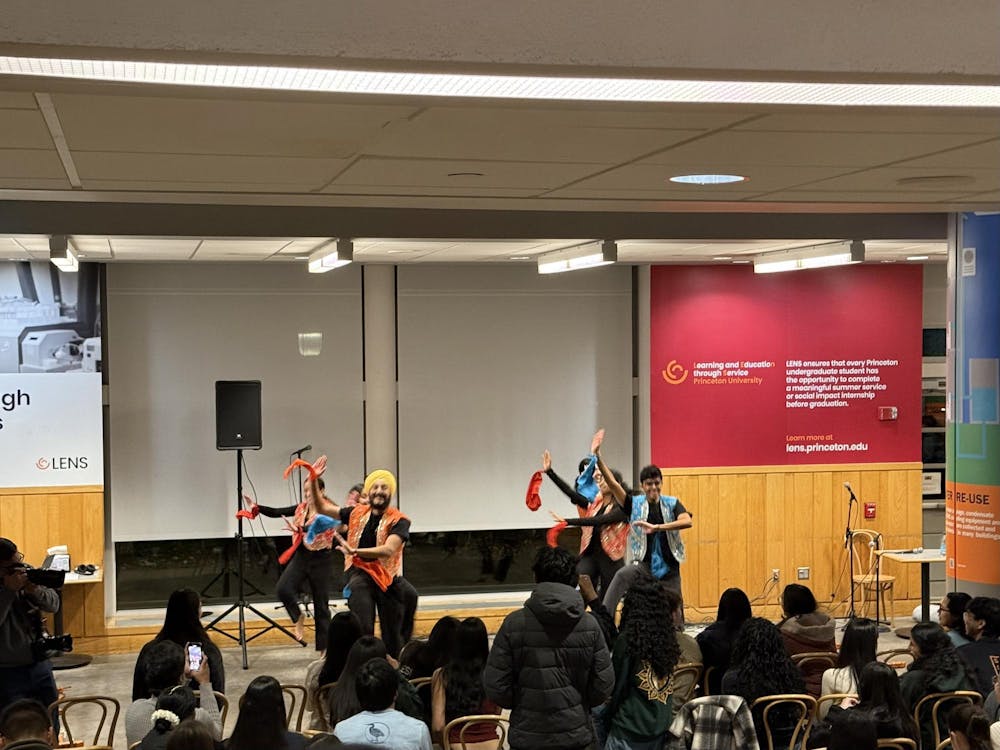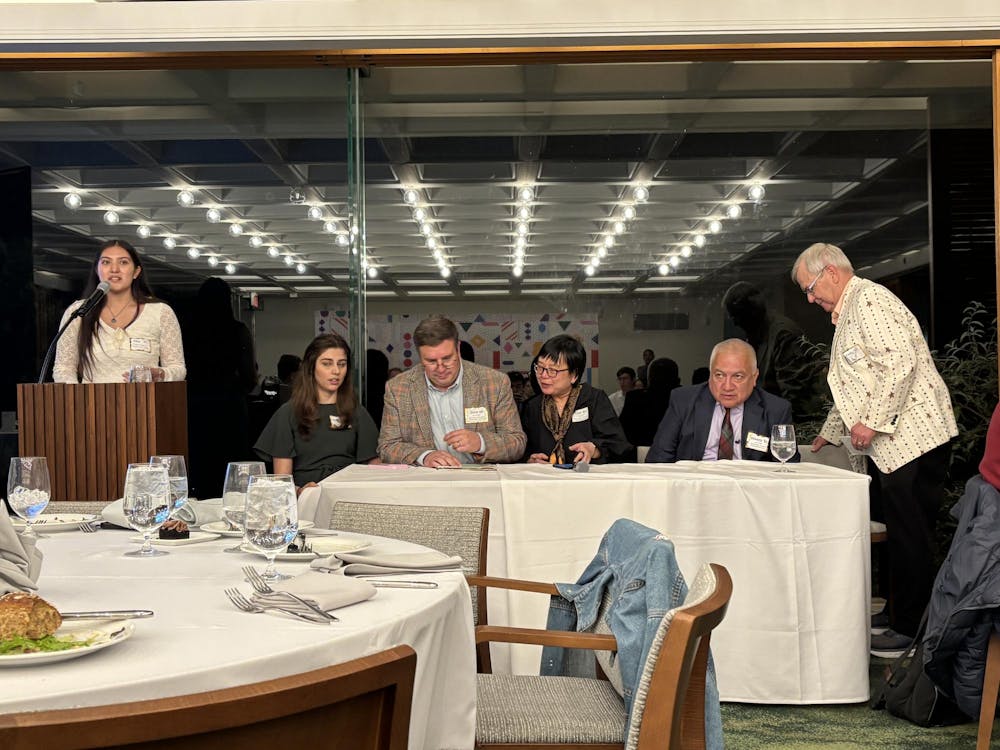In a collaboration across three different departments, a 2010 chemical engineering senior thesis has become a comprehensive model for the dynamics of an immune system reaction, as described in a recent article published in PLOS ONE and which was based on a 2006 study in which six subjects were hospitalized. Hao Hong Yiu ’10 was a senior in what was Princeton’s chemical engineering department — now chemical and biological engineering — and was taking an ecology and evolutionary biology course on immune systems with professor Andrea Graham.
The 2006 clinical trial studied the effects of a monoclonal antibody on a type of cell called T-cells. Six healthy males had simultaneously received the drug intravenously, and within 90 minutes were violently suffering from a host of severely negative reactions including fever, headache, inflammation, nausea, lung injury and diarrhea. The inflammation occurred because of a rapid secretion of cytokines, signaling molecules that are primarily associated with immune cells. The drug had triggered a massive amount of pro-inflammatory cytokines, causing this unexpected and dangerous response. The six patients were immediately hospitalized.
Though they escaped death, two of the patients required extended hospitalized organ support for weeks afterward. The entire event can be explained by what biologists call a “cytokine storm,” which is highly associated with the morbidity of healthy adults from viral infections like influenza. Usually, the immune response will balance the effects of the virus, but in cases like the 1918 flu pandemic and the recent H1N1 strain, the dangerously high over-secretion of pro-inflammatory cytokines can cause death in otherwise less vulnerable subjects — healthy young people.
Yiu approached mechanical and aerospace engineering professor Robert Stengel GS '68, who has worked on modeling diseases, including HIV, and teaches a graduate course in optimal control and estimation. He had come across some of Stengel’s work on optimal therapy for diseases and asked Stengel if he would be willing to advise him on a senior thesis that focused on biological modeling and optimization, thus beginning a collaboration that would approach a highly chaotic and mysterious aspect of the human body from a quantitative perspective.
“It was great,” Yiu recalled. “They were really receptive to accepting a random student who was not even a part of their two departments, and it was actually very easy to work across their departments the way I did, and that was something that the professors do try to foster.”
Yiu and Stengel collaborated with Graham to produce a model of the cytokine storm, using the data reported in the 2006 study. They looked at the median response across the six subjects over a very well-documented period of five days, which revealed the interaction of nine different cytokines. Yiu put together a model with the computational supervision of Stengel and the biological insight of Graham. Together, they were able to learn a great deal about the dynamics of the cytokine response, categorizing them into different families of reaction time — generally fast, medium and slow — to understand the way each cytokine affected the others.
The three researchers were able to extend Yiu’s thesis into an even more rigorous model, which could investigate elements that the original study could not measure, including how the original stimulus of the antibody affected the initial cytokine response. Much of the prior research on the topic had focused on the cells rather than the cytokines, “and it’s important to look at both of those,” Stengel said. One strength of the model they developed was its simplicity. Yiu and Stengel began the model with a simple linear relationship and then added complications, which allowed them to involve all of the nine cytokines.
The original study, published in the New England Journal of Medicine, provoked many discussions about appropriate measures to be taken in clinical trials, despite the fact that every understandable precaution at the time was taken to ensure the patients’ safety. As Professor Graham explained, there were known differences between T-cells in the previously tested primates and those in humans, and in hindsight the dosage level could be criticized as well as the choice to study six individuals at once instead of only one at a time. However, no one was expecting such a reaction, and the standard procedure for carrying out the trial had been rigorously followed.
According to molecular biology and public policy professor Adel Mahmoud, a cytokine storm is characterized by the body reacting to this monoclonal antibody in an exaggerated, uncontrolled way, and today the event remains quite mysterious to biologists. To a certain extent, scientists know what the effects will be from the interaction of cytokines as a communication system between cells. The visible symptoms range from low blood pressure and fever to organ failure and death. From the perspective of an evolutionary biologist, as Graham explained, this reaction is very provocative and intriguing.
“I think in gaining a quantitative insight into how these molecular and cellular actions are unfolding over time — including the ones that can lead to comas and death — that’s really going to help us figure out some of the selective pressures that may have led to the system working as it does, so I’m really excited about it on all fronts,” said Graham.

“It’s really something that has involved the death of probably hundreds of thousands of people around the world, so we simply need to know more about cytokine dynamics. We really scoured the literature for prior studies of this, and there are simply no math models. So although our model was very simple, it could be expanded upon tremendously. As far as we know, it’s the first one," Stengel said.
Further research on this subject will hopefully allow for a more thorough understanding of how to treat these cytokine storms. In a recent article in PNAS, Michael Oldstone, a professor of immunology and microbial science at the Scripps Research Institute, investigated the role of cytokine storms as an agent in pulmonary tissue injury and the H1N1 influenza infection. He identified two tactics for treating this harmful virus: by blunting the cytokine storm, which exists as part of the host, and by reducing the replication of the influenza virus.
Cytokine storms have already begun to attract the attention of the medical community after the miraculous recovery of seven-year-old Emma Whitehead due to an induced cytokine storm, according to an article in The New York Times in December. The Princeton team has taken a computational approach that it hopes will allow it to eventually understand and perhaps combat disease-induced death by looking at the phenomenon’s step-by-step mechanics.







